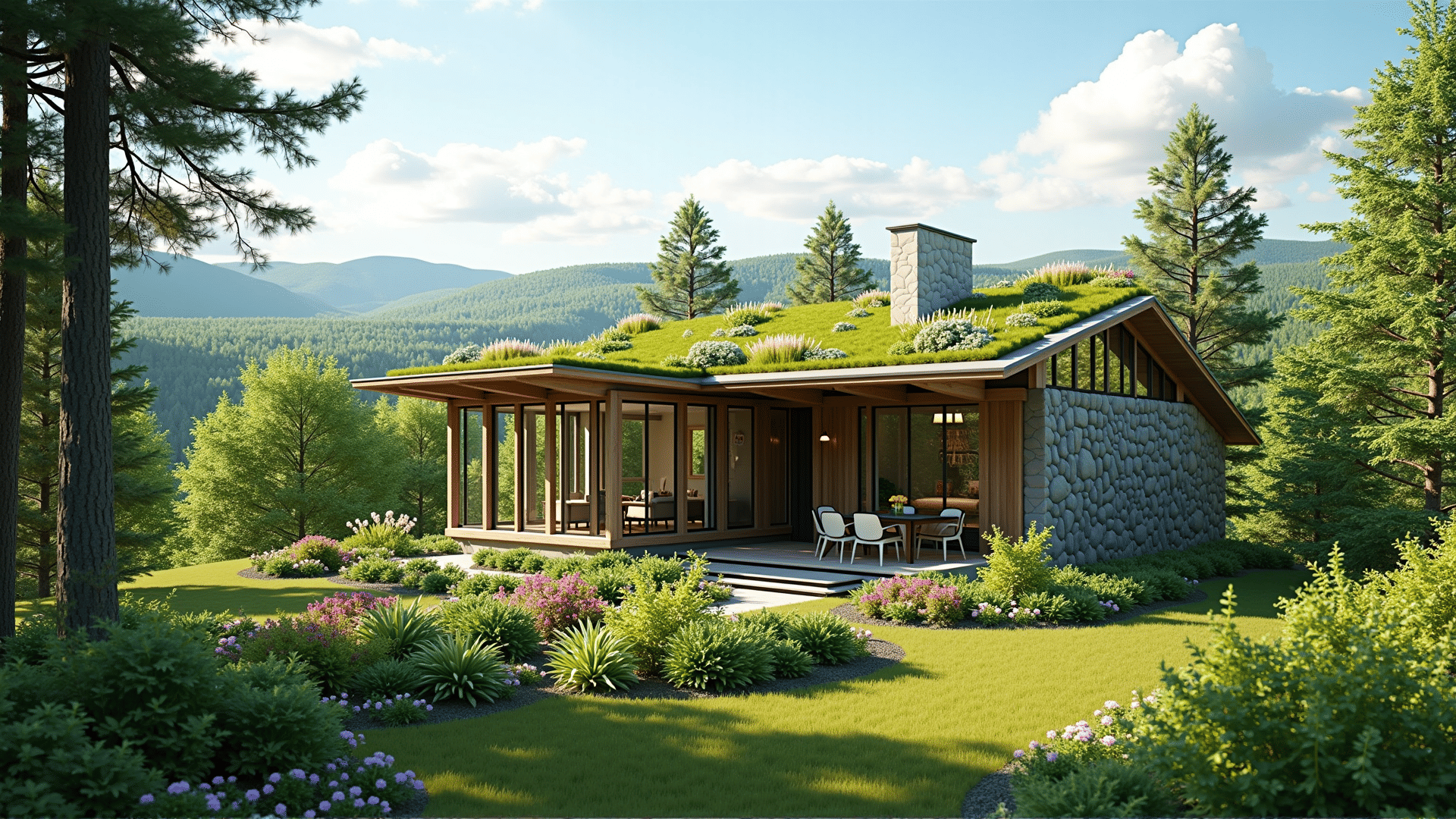In recent years, the concept of eco-friendly homes has been gaining significant traction in Canada, as more homebuyers and builders seek sustainable solutions for modern living. This growing interest in sustainable building practices reflects a broader societal shift towards environmental responsibility and a commitment to reducing carbon footprints. As a result, eco-friendly homes are not only contributing to a greener future but also offering numerous benefits to homeowners.
One of the primary considerations in constructing an eco-friendly home is energy efficiency. By incorporating high-performance insulation, energy-efficient windows, and smart home technologies, these homes significantly reduce energy consumption and lower utility bills. Additionally, many eco-friendly homes utilize renewable energy sources such as solar panels or wind turbines, further minimizing reliance on non-renewable resources.
Sustainable building materials also play a crucial role in the construction of eco-friendly homes. Builders are increasingly turning to recycled, reclaimed, or locally sourced materials to minimize environmental impact. For instance, using reclaimed wood or recycled metal reduces the demand for new resources, while locally sourced materials reduce emissions associated with transportation. These practices not only help preserve natural ecosystems but also contribute to the economy by supporting local suppliers.
Water conservation is another key aspect of sustainable living. Eco-friendly homes are often equipped with rainwater harvesting systems, low-flow fixtures, and greywater recycling systems. These features ensure efficient water use and reduce overall consumption, crucial in regions prone to water scarcity. Such systems not only conserve vital resources but also encourage homeowners to adopt more sustainable lifestyles.
Indoor air quality is equally important in eco-friendly homes. The use of non-toxic materials in construction and interior design ensures healthier living environments by reducing the presence of volatile organic compounds (VOCs) and other pollutants. Better indoor air quality leads to improved health and well-being for residents, making these homes highly desirable.
Moreover, eco-friendly homes often incorporate design elements that maximize natural light, reducing the need for artificial lighting during the day. Smart layout planning considers passive solar heating and cooling, which naturally regulates indoor temperatures and reduces dependence on HVAC systems. These design features enhance the comfort and aesthetics of the home while simultaneously promoting energy efficiency.
Ultimately, while building or purchasing an eco-friendly home may require a higher upfront investment, the long-term savings on energy and utility costs, coupled with the environmental benefits, make it a worthwhile decision. Additionally, as public awareness and demand for sustainable living grow, such homes are likely to appreciate in value, providing sound financial returns.
Eco-friendly homes represent a pivotal shift towards sustainable living practices that benefit both people and the planet. By adopting sustainable building practices, homebuyers in Canada are actively contributing to a better future, one where the harmony between human habitation and the natural world is thoughtfully considered. This movement not only serves as a model for other countries but also paves the way for more innovative approaches to building and living sustainably.
